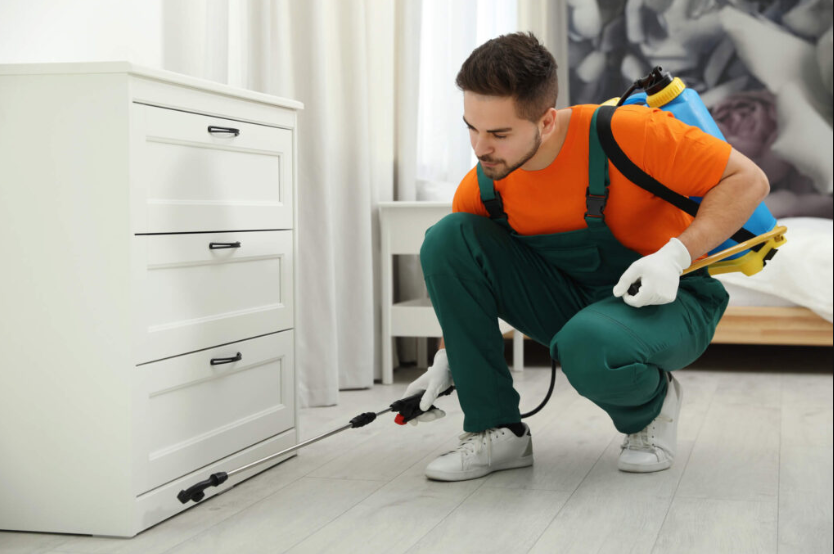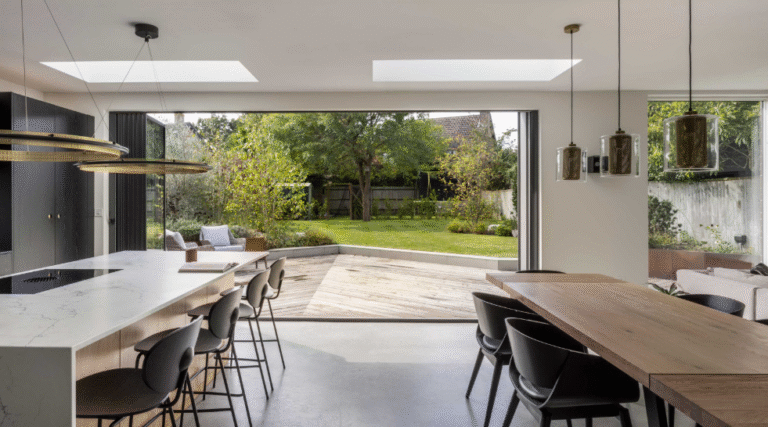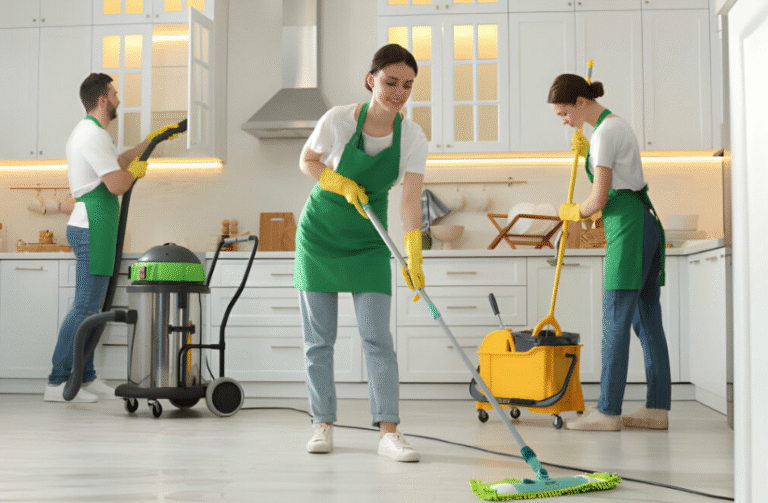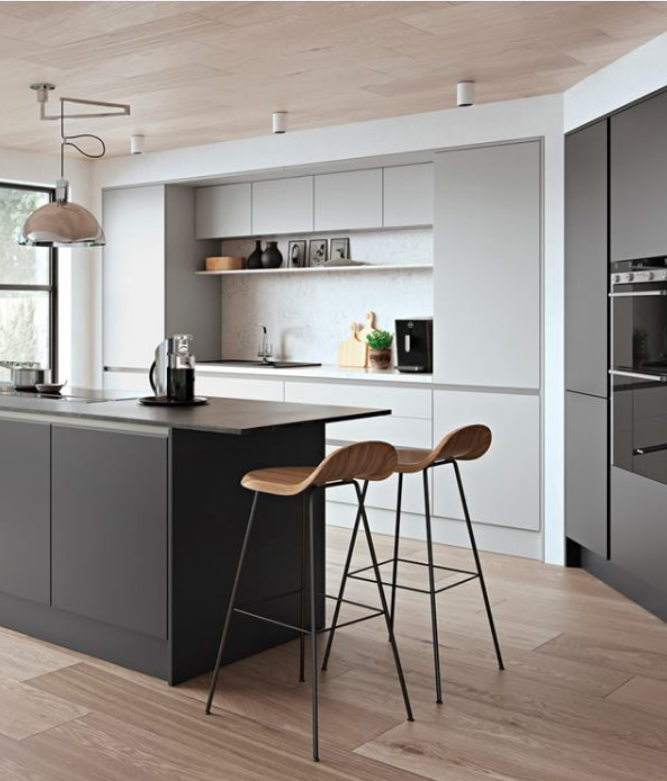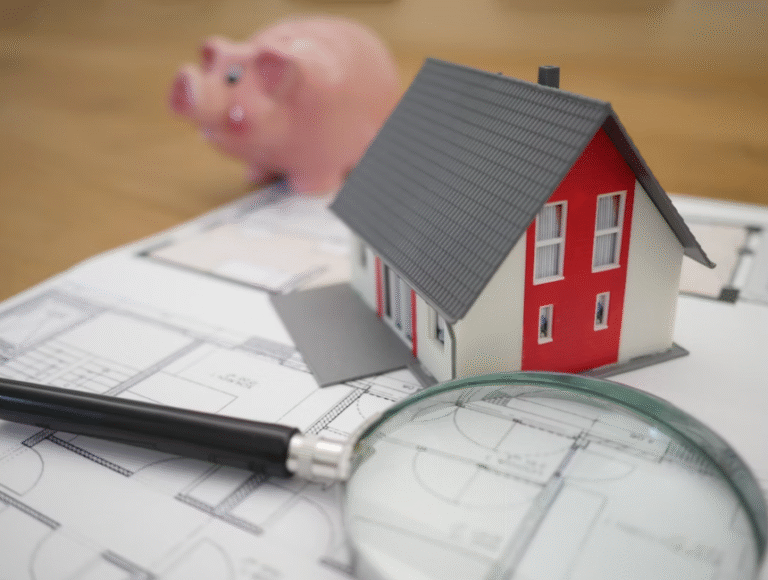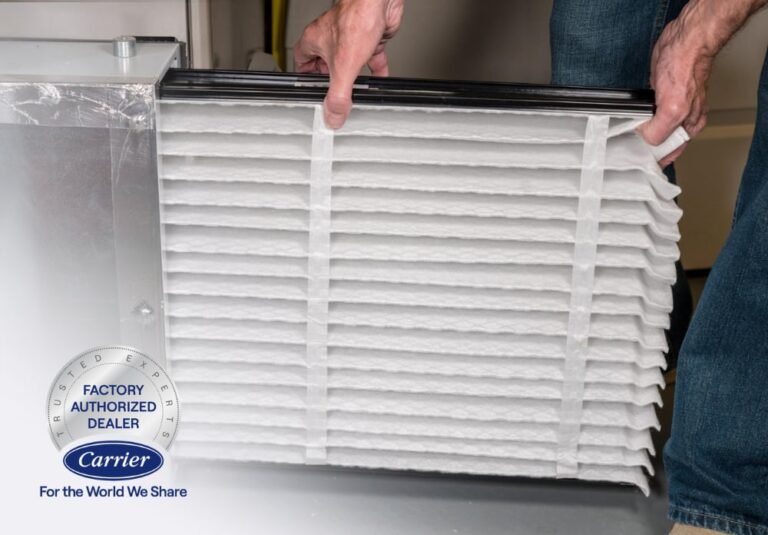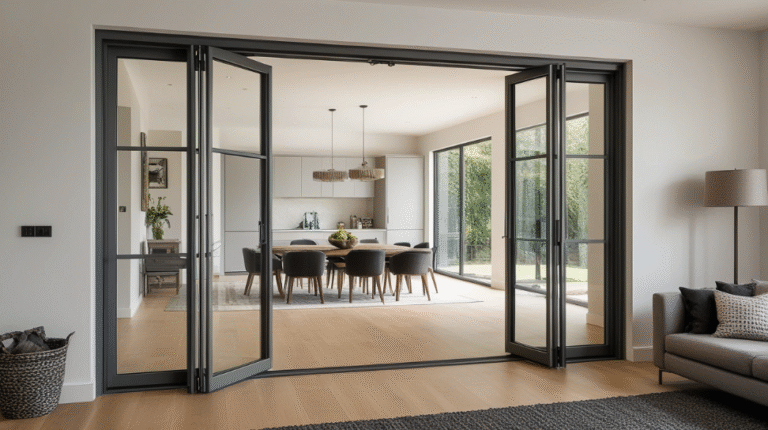Winter-Proof Your Rentals: Essential Tips for Landlords
As temperatures drop and winter sets in, landlords face a unique set of challenges. From freezing pipes to heating system failures, cold-weather conditions can strain properties and frustrate tenants. But with a little preparation and proactive maintenance, landlords can protect their investments and keep renters warm and happy throughout the season. Here are essential tips to help winter-proof your rentals and avoid costly surprises.
1. Inspect and Maintain the Heating System
The heating system is the heart of a home during winter. Before the cold hits, schedule a professional inspection of your rental’s furnace or boiler. Change filters, check for blockages, and ensure the system is operating efficiently.
Tenants often report heating issues when it’s already freezing. By maintaining the system early, you’ll reduce emergency calls and improve energy efficiency, which can help tenants save on utility bills—especially if the landlord covers heating costs.
2. Prevent Frozen Pipes
Frozen pipes rank among the costliest winter mishaps for landlords. As water freezes, it expands, increasing pressure in the pipes and often causing them to burst—resulting in extensive and expensive water damage.
To prevent this, make sure all exposed pipes—especially in basements, attics, and along exterior walls—are properly insulated. Remind tenants to keep their heat on, even if they’re away for a few days, and to leave faucets slightly dripping during frigid nights to maintain water flow. It’s also crucial to seal any air leaks around plumbing to block out freezing drafts.
In areas like Kaysville, where winter temperatures can drop quickly, it’s also wise to check the condition of your water heater. If it’s outdated or underperforming, consider scheduling a water heater replacement in Kaysville before peak winter hits. A reliable water heater not only ensures tenant comfort but also reduces the risk of frozen plumbing in colder parts of the property.
3. Seal Drafts and Insulate
Heat loss through doors and windows can drive up energy costs and make your rental uncomfortable. Inspect the property for drafts and seal them with weatherstripping or caulk. Ensure windows and doors close properly and consider adding door sweeps.
If the insulation in the attic or crawlspace is outdated or sparse, upgrading it can significantly improve energy efficiency. A well-insulated property not only saves money but also reduces wear and tear on heating systems.
4. Clear Gutters and Check the Roof
Gutters clogged with leaves and debris can cause ice dams, leading to roof leaks and water damage. Clean them out before the first snowfall and check that downspouts direct water away from the foundation.
Inspect the roof for missing shingles, cracks, or weak spots. Snow accumulation can be heavy and damaging, so ensuring the roof is in good condition helps prevent leaks and structural issues.
See also: Invisible Home Risks That Could Cost You Thousands
5. Service Fireplaces and Chimneys
If your rental has a fireplace, have it cleaned and inspected before winter use. Creosote buildup in chimneys can lead to fires. Ensure the damper works properly and that tenants know how to operate the fireplace safely.
Also, check that smoke and carbon monoxide detectors are working and have fresh batteries—especially in properties with gas or wood-burning appliances.
6. Provide Snow Removal Tools or Services
Depending on your lease terms, landlords or tenants may be responsible for snow removal. If it’s your responsibility, arrange for a snow removal service or ensure you have shovels and salt ready.
Make sure sidewalks, driveways, and walkways are cleared promptly to prevent slips and falls. If tenants are responsible, remind them of their obligations and provide the necessary tools or supplies.
7. Check Exterior Lighting
Winter means shorter days and longer nights. Proper exterior lighting is essential for safety and security. Inspect lights around entrances, pathways, and parking areas to ensure they’re working. Replace burnt-out bulbs and consider installing motion-sensor lights for added convenience and security.
8. Communicate With Tenants
Open communication is key during winter. Provide tenants with a winter checklist, including tips on keeping pipes from freezing, setting the thermostat, and knowing whom to call for maintenance emergencies.
Let them know the best way to reach you during after-hours issues and consider sending a reminder when a storm is forecast. Proactive communication builds trust and prevents problems from escalating.
9. Review Insurance Coverage
Finally, review your property insurance to ensure you’re covered for winter-related incidents like burst pipes, roof collapse from snow, or liability from slips and falls. It’s also a good idea to encourage tenants to carry renter’s insurance for their own protection.
Final Thoughts
Winter can be tough on rental properties, but a little planning goes a long way. By inspecting systems, making key upgrades, and maintaining open communication with tenants, you can avoid many of the common pitfalls of the season. A well-prepared rental isn’t just safer—it’s also more comfortable and more attractive to tenants.
Stay ahead of the cold, and your rentals will stay warm, safe, and secure all winter long.
